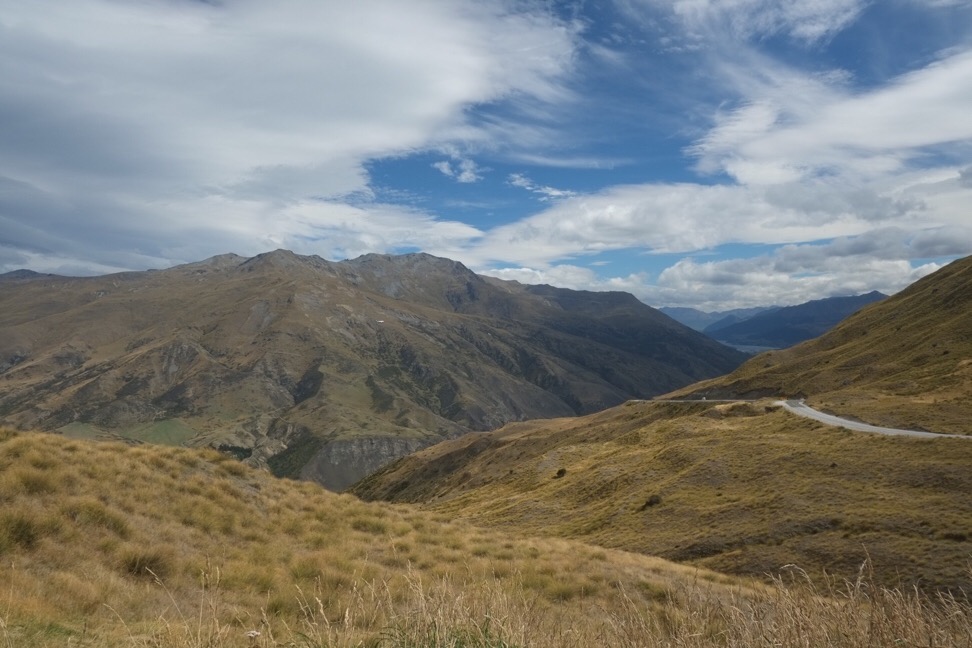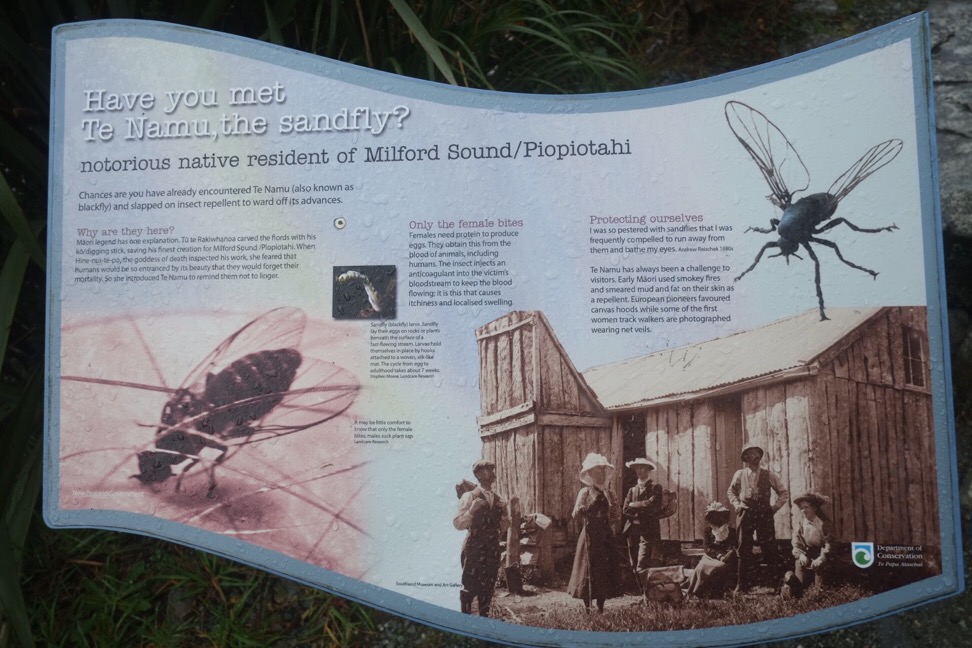Wild Encounters

Vega
Hugh and Annie
Fri 16 Mar 2018 20:07
Just for good measure the new settlers thought it would be more like home to have european birds flying around and so there are now several of the more common species that you would equally expect to see in your garden back in Blighty.
There is now a major effort to reduce the predator numbers and hang on to remaining endemic species such as Kiwi and Kea (mountain forest dwelling parrots - you can see them in Bristol zoo). Traps and poison are laid everywhere. Deer have been culled to the point at which deer farming is now the only way to sustain the trade in venison. A commonly heard phrase is that the “only good possum is a dead possum”. We have been advised to aim for them if we see one crossing the road in front of the car and judging by the number of road kill we have seen the locals seem to have their eye in.
Our own encounters with exotic wildlife have been limited but wonderful. Royal Albatross on the Otago peninsular were special for us, never having seen an albatross at sea. We saw other varieties in Doubtful Sound. We have seen a rare Little Blue penguin that each evening burrows under the amenity block in the campervan park in Oamaru. We have also seen equally rare Yellow Eyed penguin emerge from the sea at dusk. Nearby we saw Hectors Dolphin surfing close to the beach, right alongside human surfers. Up in the mountains of Fiordland National Park we saw a Kea walking across a parking area as we drove by. Its iridescent green feathers shone in the sunlight but thinking we would see another at some point we didn’t stop. We haven’t seen one since.
What we would like to see while here is of course a Kiwi. They are both shy and nocturnal which doesn’t help and most locals will never see one in the wild. You can see them in sanctuaries but that wouldn’t be quite the same and so we plan a guided nocturnal Kiwi walk when back in Opua. Rather like the Duck Billed Platypus in Australia it appears that the Kiwi is an evolutionary oddity. It has as much in common with mammals as it does with birds - two ovaries for example and is the only bird with nostrils at the end of its bill. Being nocturnal is another thing it has in common with early mammals. When mammals became nocturnal in their early evolution they lost the ability to discern colour as well as other daylight animals such as birds which is now of course the case with humans.
The one wildlife encounter we have fully experienced - and is less promoted in the tourism literature - is the sand fly. The female of the species needs blood to aid the maturation of her eggs. Human blood is especially sought after. The consequences of a bite are a large red swelling lump that is the most tortuously itching affliction that you can possibly imagine. Several bites will cause a burning itch over the afflicted part of the body, relieved only partially by anti itch cream and antihistamine tablets. While on the west coast shorts and sandals have been replaced by long trousers, walking boots (new incredibly comfortable lightweight ones to replace the cherished Merrill walking shoes that fell apart) and a long sleeved high tech tee shirt.
Spot the airliner descending to Queenstown airport............(clue - its below the skyline)




